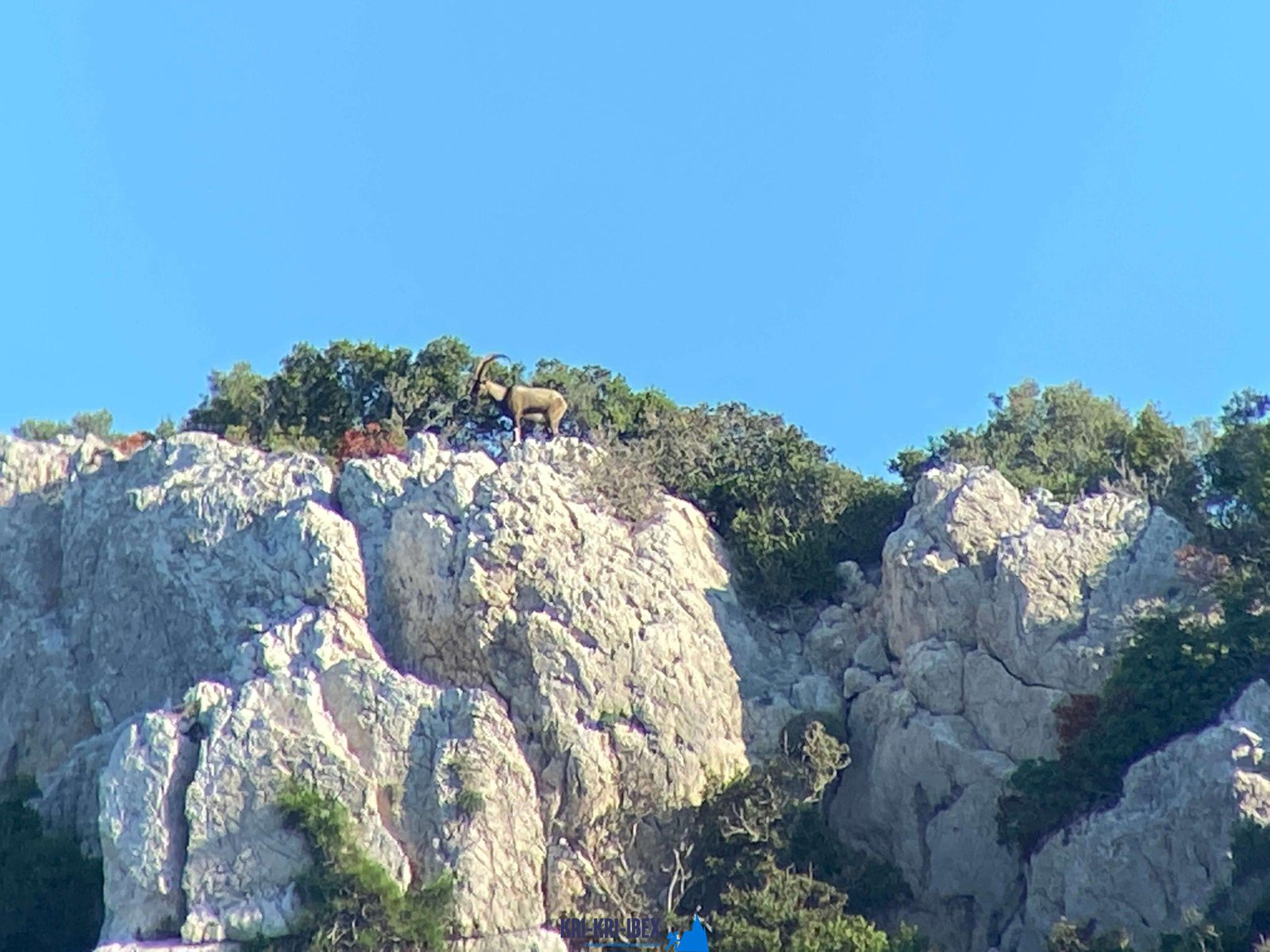Ideal ibex hunting in Greece
Ideal ibex hunting in Greece
Blog Article

They claim that the Peloponnese peninsula is the "actual" Greece. As well as we say, if you're seeking a memorable adventure, our searching and exploring Peloponnese tour from Methoni is the ideal means to experience all that this attractive nation needs to supply.

Searching kri kri ibex in Greece is a difficult undertaking for both regional and overseas seekers. Hunting huge game in Greece is limited for abroad hunters. Swine and also roe deer are the only choices for local hunters apart from kri kri ibex, which might only be pursued in unique searching regions such as certain islands. In Athens, we offer the chance to hunt this incredible beast on two separate islands that are around 150 kilometers away and also 300 kilometers away, respectively. The Kri Kri Ibex and mouflon might only be shot on special hunting locations from early in the early morning until noontime, based on Greek regulation. You must book a year ahead of time for a permit. Just shotguns are allowed, and also just slugs may be made use of. Because the Greek Ministry of Nature and also Agriculture issues only a certain number of licenses each year, serious seekers are permitted on these trips.
Our outside hunting, fishing, and complimentary diving tours are the excellent means to see every little thing that Peloponnese has to offer. These excursions are created for tourists that intend to leave the beaten path and really experience all that this unbelievable area needs to offer. You'll get to go hunting in some of the most attractive wilderness areas in Greece, fish in crystal-clear waters for a range of various types, as well as cost-free dive in some of the most sensational shoreline in the Mediterranean. And most importantly, our skilled guides will certainly exist with you every step of the method to make sure that you have a delightful as well as risk-free experience.
Look no further than the Sapientza island in Greece if you are looking for Kri Kri ibex search and also memorable trip destination. With its stunning all-natural appeal, scrumptious food, and also rich society, you will certainly not be let down. Schedule one of our searching and also exploring Peloponnese Tours from Methoni today, dot forget your prize Kri Kri ibex!
What is the diference between Kri Kri ibex, Bezoar ibex and hybrid ibex
The kri-kri is not thought to be indigenous to Crete, most likely having been imported to the island during the time of the Minoan civilization. Nevertheless, it is found nowhere else and is therefore endemic to Crete. It was common throughout the Aegean but the peaks of the 8,000 ft (2,400 m) White Mountains of Western Crete are their last strongholds–particularly a series of almost vertical 3,000 ft (900 m) cliffs called ‘the Untrodden’—at the head of the Samaria Gorge. This mountain range, which hosts another 14 endemic animal species, is protected as a UNESCO Biosphere Reserve. In total, their range extends to the White Mountains, the Samaria National Forest and the islets of Dia, Thodorou, and Agii Pandes.
This Ibex is NOT a diminutive form of the Bezoar Ibex, which has migrated into the western-most reach of the range of this species. The kri – kri (Capra aegagrus cretica), sometimes called the Cretan goat, Agrimi, or Cretan Ibex, is a feral goat inhabiting the Eastern Mediterranean, previously considered a subspecies of wild goat. The kri-kri has a light brownish coat with a darker band around its neck. It has two horns that sweep back from the head. In the wild they are shy and avoid tourists, resting during the day. The animal can leap some distance or climb seemingly sheer cliffs.
“The agrimi goat Capra aegagrus cretica is unique to Crete and its offshore islands. It has been identi®ed as a sub-species of the wild bezoar goat Capra aegagrus aegagrus Erxleben, 1777, which it closely resembles in horn shape, body form and coloration. This classi®cation has been disputed by some researchers who claim that the agrimi are feral goats, derived from early domestic stock brought to the island by the ®rst Neolithic settlers. In order to clarify this issue, DNA analyses (cytochrome b and D loop sequences) were carried out on tissue of live and skeletonized agrimi and compared to sequences of wild and domestic caprines. Results conclusively show the agrimi to be a feral animal, that clades with domestic goats (Capra hircus) rather than with wild Asiatic bezoar. This study demonstrates that morphometric criteria do not necessarily re¯ect genetic af®nities, and that the taxonomic classi®cation of agrimi should be revised.”
Report this page